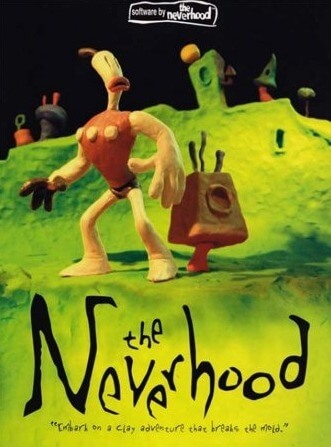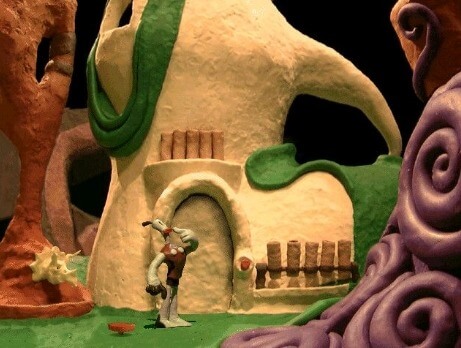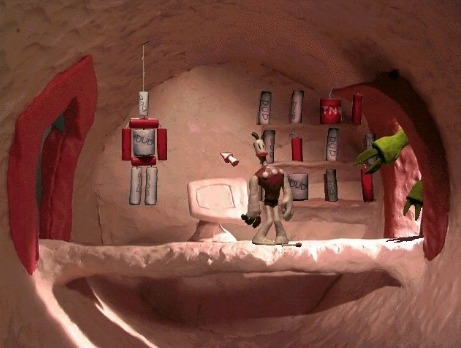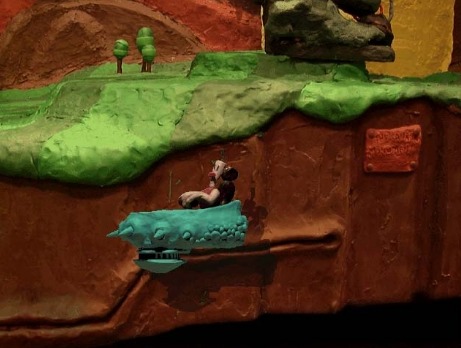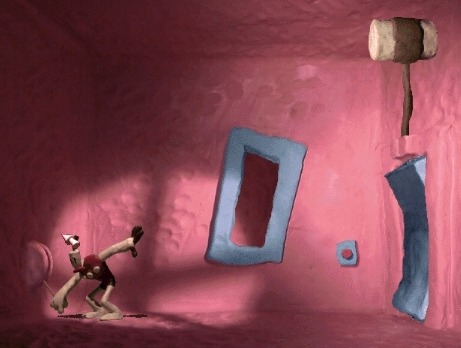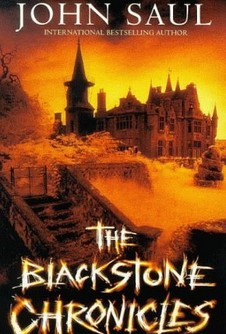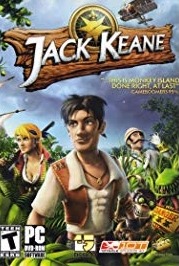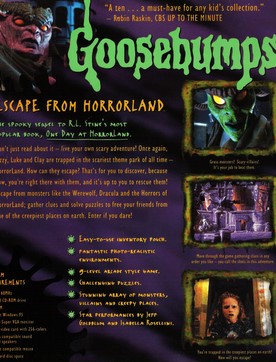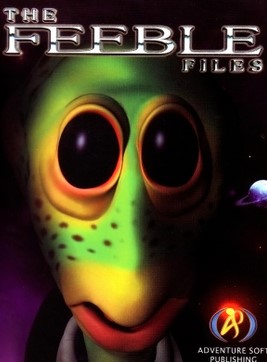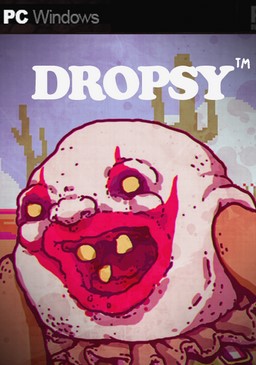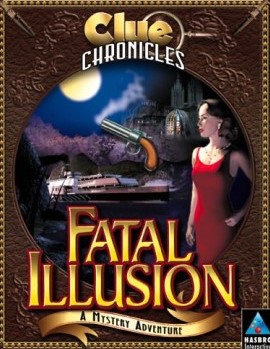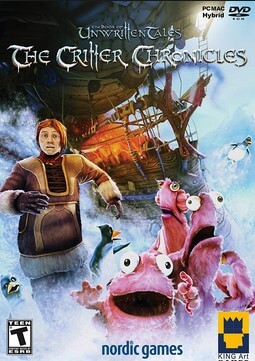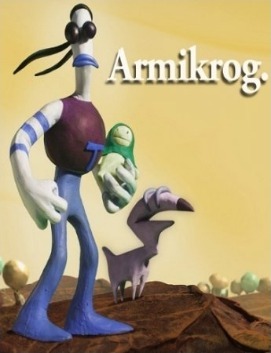The game begins with Klaymen waking up in a room and exploring the Neverhood, collecting various discs appearing to contain a disjointed story narrated by Willie. As Klaymen travels the Neverhood, he occasionally crosses paths with Willie, who agrees to help him in his journey while Klogg, who is spying on Klaymen from afar, tries to threaten Klaymen into giving up his quest. Eventually, Klaymen's quest directs him to Klogg's castle, and for this Klaymen enlists the help of Big Robot Bil, a towering automaton and a friend of Willie's.
As Bil (with Klaymen and Willie on board) marches to Klogg's castle, Klogg unleashes his guardian, the Clockwork Beast, to intercept Bil. The two giants clash and Bil proves victorious, but as he forces open the castle door for Klaymen to enter, Klogg gravely injures Bil by firing a cannon at him. Klaymen manages to get in, but Bil loses his footing and falls into the void with Willie still inside. Alone in Klogg's castle, Klaymen finds a terminal, and should he collect all of Willie's discs, the full extent of his tale is revealed; the Neverhood itself is the creation of a godlike being named Hoborg, who created the Neverhood in the hopes of making himself happy. Realizing that he was still alone, Hoborg creates himself a companion by planting a seed into the ground, which grows into Klogg. As Hoborg welcomes Klogg to the Neverhood, the latter tries to take Hoborg's crown, which Hoborg forbids Klogg from doing. Envious, Klogg manages to steal Hoborg's crown, rendering Hoborg inert in the process, and the crown's energies disfigure Klogg. With Hoborg lifeless, any further development of the Neverhood grind to a halt.
Having witnessed this, Willie (himself and Bil being creations of Hoborg's brother Ottoborg) discovers that Hoborg was about to plant a seed to create another companion. Willie takes the seed and plants it far away from Klogg, with Willie hoping that whoever grew from the seed would defeat Klogg. That seed in turn grew into Klaymen. Afterwards, Klaymen manages to reach the throne room, with Klogg and a motionless Hoborg waiting for him. Klogg tries to dissuade Klaymen from reviving Hoborg by tempting him with Hoborg's crown. From here, the player may choose to take up Klogg's offer or take the crown to revive Hoborg. If the player chooses to take the crown for himself, Klogg gloats at his apparent victory, only for the crown to disfigure Klaymen similarly to Klogg. The now-villanous Klaymen overpowers Klogg and declares himself the new ruler of the Neverhood.
If the player chooses to revive Hoborg, Klaymen distracts Klogg and manages to put the crown atop Hoborg's head, reviving him. As Hoborg thanks Klaymen, Klogg attempts to ambush them both, only to set off his own cannon which blasts him out of the castle and into the void. Returning to the building where Klaymen first started, Hoborg continues populating the Neverhood and orders a celebration when he is finished. However, Klaymen remains sorrowful over the loss of Willie and Bil, and Hoborg decides to use his powers to save Willie and Bil (to Klaymen's delight), as well as create a bunch of new friends for Klaymen. The game ends with Hoborg telling Klaymen "Man, things are good".
Reception
Sales
According to Leslie Helm of the Los Angeles Times, The Neverhood "won rave reviews" but was commercially unsuccessful. In early 1997, that paper's Greg Miller reported that the game's "sales have been slow and it isn't even carried by all of the largest stores, including Target." This came at a time when big-box stores were increasingly important for securing sales, as many specialized video game retailers had closed due to competition with these outside companies. By August 1997, The Neverhood had sold 37,000 copies in the United States. Sales in the region had risen to 41,073 copies by April 1999, a figure that CNET Gamecenter's Marc Saltzman called "embarrassing".
The Neverhood's total sales ultimately surpassed 50,000 copies, and "hundreds of thousands" of OEM copies were purchased by Gateway and pre-installed on its line of computers, according to Mike Dietz. It also received a huge fan base in Russia and Iran as a result of the massive bootleg copying and distribution of pre-installed games on computers.
Critical reviews
A Next Generation critic was pleased with both the visual style (which he said is essentially unprecedented on PC) and the execution of the graphics, but found the game is held back by unexciting puzzles and a generally slow pace. Major Mike of GamePro contradicted, "While some of the puzzles are perplexing, none of them have solutions so obscure that you'll burst a blood vessel trying to solve them." However, he agreed that the graphics and the personality of the characters are the highlights of the game. Weekly Famitsu gave the PlayStation version a score of 29 out of 40.
The Neverhood was named the best adventure game of 1996 by Computer Games Strategy Plus and CNET Gamecenter, and was nominated for the latter publication's overall "Game of the Year" prize, which ultimately went to Quake. Gamecenter's editors wrote that it "went beyond anything seen so far in this genre". The game also won the 1996 "Special Award for Artistic Achievement" from Computer Gaming World, whose staff called it "the coolest-looking game of the year." While The Neverhood was nominated for the Computer Game Developers Conference's "Best Animation" Spotlight Award, it lost in this category to Tomb Raider.
Animation Magazine's film festival "World Animation Celebration" awarded the game "Best Animation Produced for Game Platforms" in 1997.
In 2011, Adventure Gamers named The Neverhood the 35th-best adventure game ever released.
